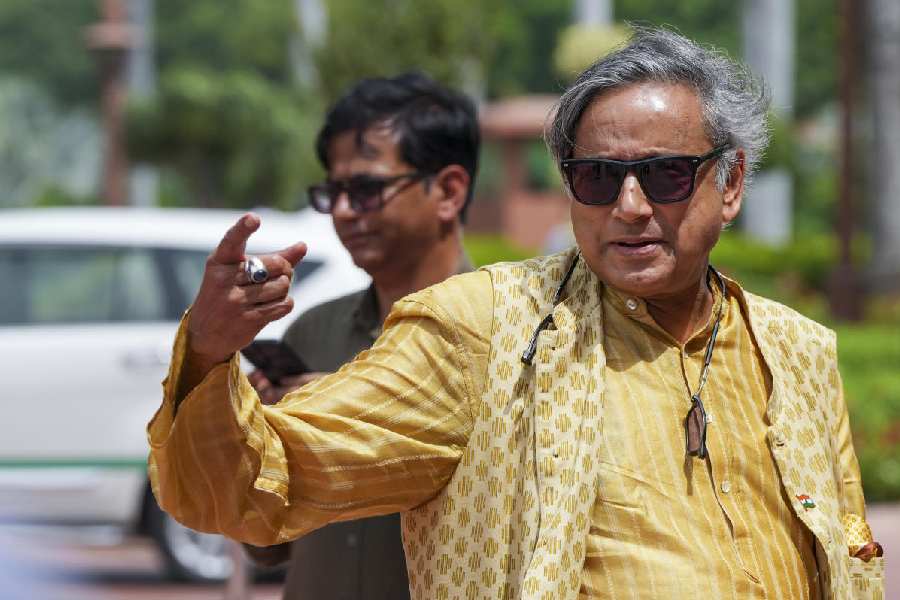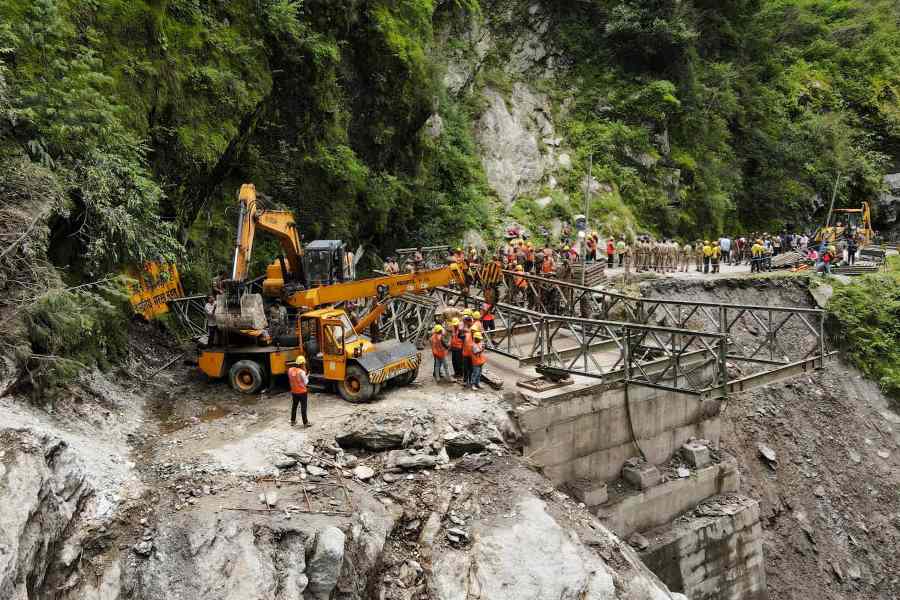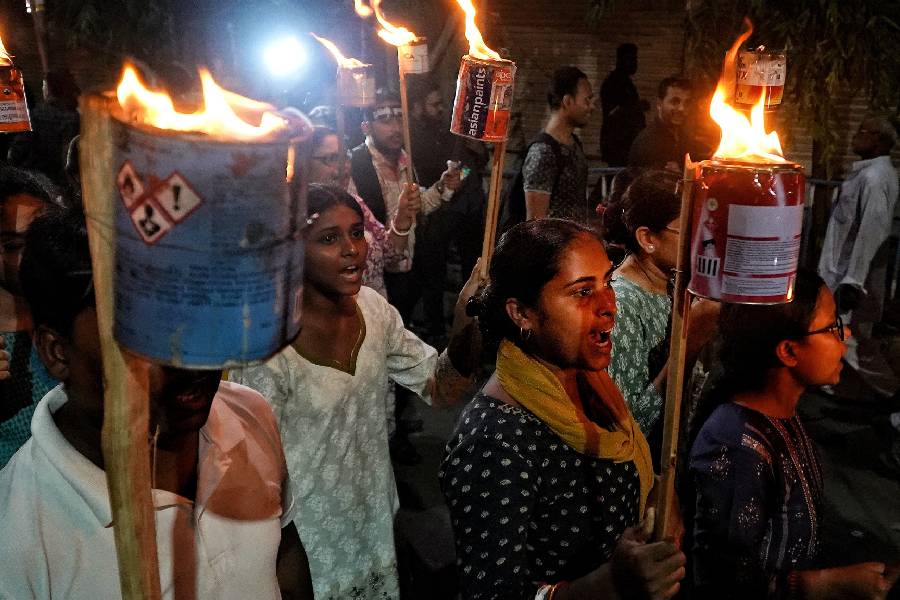 |
| Bhuvan’s burden: Aamir in Lagaan |
Shahabad (Uttar Pradesh), Aug. 3: Lagaan has given Aamir Khan no respite — on screen and in real life.
Aamir’s relatives in Shahabad, where the actor and some of his family members own a farmhouse and land that spreads across a few acres, were till recently a harassed lot over the charge of recurring lagaan (agricultural tax) default.
In 2001, the year the blockbuster was released, a warrant for seizure of property was issued by Shahabad block officers in Hardoi district after Aamir’s relatives defaulted on Rs 840 as lagaan for the family farm and ancestral home for four years.
In 2002, as Aamir — who produced Lagaan and also played the hero Bhuvan — was preparing for the Oscar screenings, the district administration again raked up the default.
In November last year, district officers issued notices to the actor’s relatives who look after the house and the farmland for payment of Rs 216, a development the media had reported. “There may be some problem on the family side in making regular payments. In November last year, we served notice to his caretaker for making the payment,” Shahabad sub-divisional magistrate Gyaneswar Tripathi said.
After seven months of this notice, the caretaker made the payment with the district administration in June this year.
Divisional revenue collector Safi Ahmed said the caretaker lived in Aligarh, and so the delay.
“There are some officers in the district who deliberately raise the issue involving the name of Aamir. Lagaan default is common here. But our family was singled out for harassment,” said M.H. Khan, an elder brother of the actor who lives in Aamir’s ancestral village Mohalla Aktiyarpur, about 165 km from Lucknow.
Aamir’s grandfather had built the sprawling ancestral house in 1940 on a one-acre plot. He was a zamindar who controlled at least 15 surrounding villages. The house is now reduced to a one-storey dilapidated structure. The plaster has peeled off. Some rooms in the building are without a concrete roof and have been covered with thatch. The only signs of the bygone glory are some electrical fittings, the drainage system, the open space for tethering the horses and a pond, now reduced to a shallow water body.
The leafy compound has been encroached upon. In two dank rooms on the ground floor, Sultana, an old family cook of the late zamindar, lives.
“Ever since the film was made, we have been receiving officers enquiring about the payment of taxes. I managed to keep the revenue officers at bay for some time, but finally I have made some payments,” said the 60-plus woman. She added that she made the payment despite the fact that the house had gone into litigation.
A few hundred metres away from the house is the family farmland spread over acres of thick orchards, mango and guava trees.
Aamir has never visited the house. After the abolition of the zamindari system and the death of his grandfather, his father Taheer Hussain had been to the house once long ago but Naseer Hussain, Aamir’s uncle, used to visit. He died recently and since then the management of the properties has not been co-ordinated, admitted Aamir’s distant relatives.
Aamir does not seem interested in the property, said Nayeem Akhtar, a distant relative. Yet the film changed the perception of revenue officers here. “They seem to be trying to convey the message that Aamir was not paying the lagaan even as he was making a film on the subject,” he added.
Set in a princely state of Avadh (in present day Uttar Pradesh), Lagaan depicted the life and struggle of the rural farmer trying to eke out a living on the dry and dusty plains. A seemingly suicidal bet — a cricket match with the British officers — saves them from ruin as Aamir scores the winning run of the last ball and wins relief for his village from paying taxes for three years.
In real life, however, residents of the Shahabad village have no such option. “What we cannot do is to play a cricket match to appease the district officers,” said Sadiq Khan, a villager.











